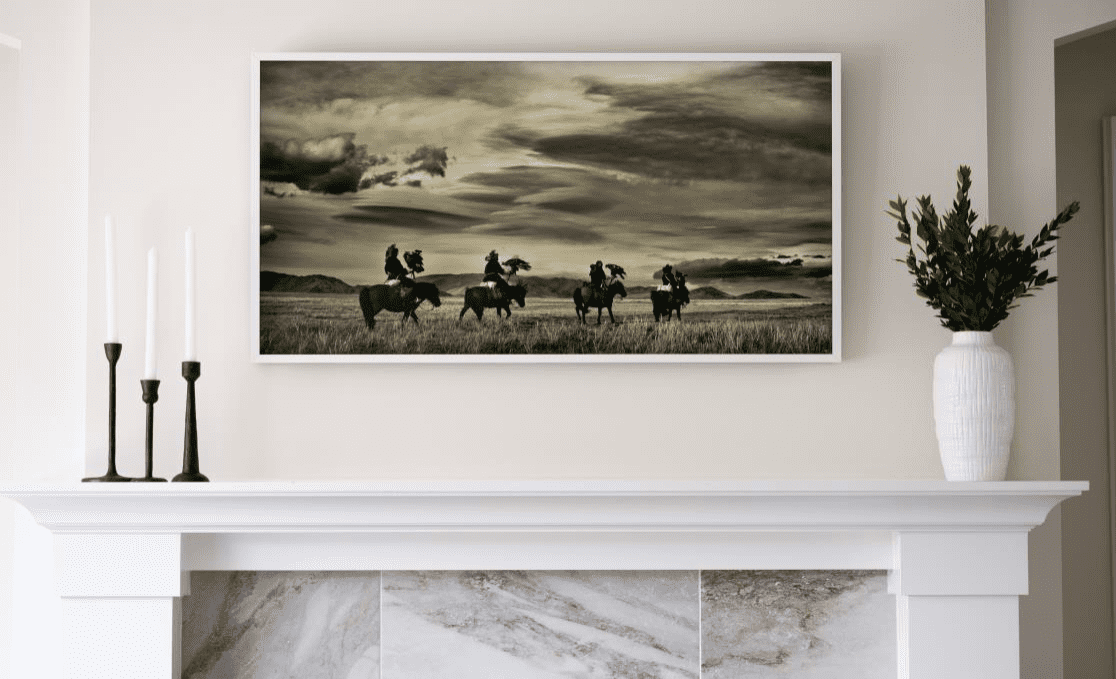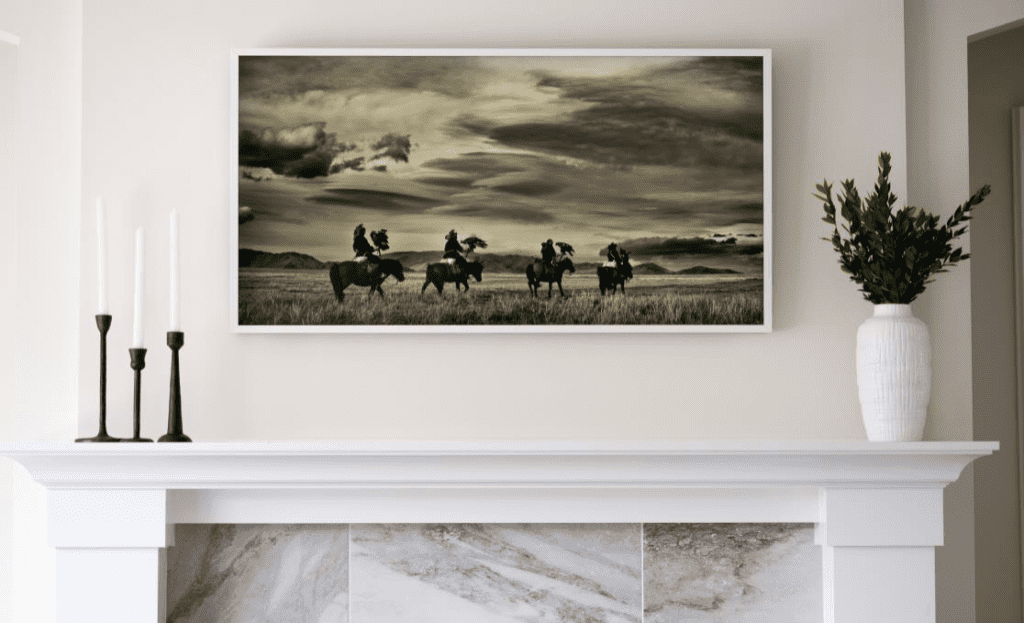Table of Contents
Guide to Classic Interior Design
This content is authored by Christine Tanaka of Harmony Interiors and part of our Posts by the Pros series. Images are courtesy of Red Bird Hills Photography.
If you’re getting ready for a total remodel or a style refresh, you might be wondering if it’s possible to create a home that is timeless and ageless. In my experience, there is no way to totally trend proof your home, but I have learned a few things that will help you to love your home for longer, regardless of current popular interior design styles.
I learned very quickly in my design career that when you are building or remodeling and you are passionate about preserving the environment, choosing classic and timeless finishes for the fixed finishes (i.e.tile, countertops, flooring) will extend the life of those materials.
Some 40% of landfill waste consists of construction and demolition debris. Your home is as an investment, and you want to install those materials that will create lasting value and when you care for our planet, you want materials that will be ageless and will not quickly end up in a landfill.
If you’re looking to create a classic, timeless look in your own home, consider these six interior design tips:
- Select finishes that offer longevity and flexibility
- Choose naturally stained or painted cabinetry
- Find neutral, simple tile
- Opt for natural wood floors
- Consider architectural moldings
- Install white or cream countertops

1) Longevity and Flexibility
Classic, timeless design has two main key components: longevity and flexibility. Longevity means that the finishes, even if they originated in a different time period, remain stylish no matter what design decade you are doing your project. When finishes are flexible, they are not specific to the homeowner or the style of the home. Homes designed with flexibility in mind create a basic foundation, allowing homeowners to personalize their space through low to medium commitment materials (for example paint, wallpaper, lighting) without exacting a large cost on the environment.
2) Naturally Stained or Painted Cabinetry
Cabinets costs make up around of 1/3 of the budget for a kitchen remodel and having to replace them is costly for the homeowner and taxing on the environment so ensuring that they will last for several decades is important. Currently, white oak is the preferred wood for cabinetry, but in the 90s it was red oak (with a honey oak stain), so you should choose your wood species based on what you love, not what is on trend.
Whatever you decide on, choose a clear stain, letting the natural character of the wood shine through, keeping the look more timeless, regardless of what’s popular today. Cabinet and furniture stains are another thing that come and go. Remember the expresso and dark red stains that were popular in 90s and 2000s? Also, selecting a wood that has a tight grain, such as maple, cherry and birch helps to preserve the longevity of a cabinets’ life.
If you and or a new homeowner wants to have the cabinets painted, you will create a smooth finish without having to fill it in grain which it both time consuming and expensive. If you are going with painted cabinets, choose a color that you are continually drawn to or if you are uncertain of your color scheme, start out with white or cream and then you can change it later as your design direction evolves. It’s human nature for us humans to tire of what we have, so keeping our cabinetry flexible when you are ready for a change, you don’t have to start from scratch.
3) Neutral, Simple Tile
It’s incredible how quickly tile fads come and go, in some cases not lasting more than 5-8 years. And if you happen to catch a trend at the tail end, even less. Tile that is no longer in fashion will date a home more than any other finish, especially in the kitchen and it keeps you tied to a particular style and color scheme.
There is a popular belief, in our society shared by both homeowners and designers alike, that kitchen backsplashes are supposed to “wow” and be eye catching. Yet, in order to create that effect, one must choose the latest and greatest option available and there is no guarantee (there are always exceptions) that that tile has any staying power. Instead, we suggest using a ceramic white or cream tile, in a classic shape, such as rectangles, squares and octagons. Classic pattern layouts, such as a brick offset, or herringbone pattern are always in style.
If you prefer natural stone, marble is always beautiful and has been used to decorate interiors for centuries. Marble can be challenging to care for, but backsplashes don’t get a lot of wear and if properly sealed, can be beautiful and last for a long time. Slab backsplashes where the countertop material continues up the backsplash is also a great option but be sure that material is a light color, preferably white or cream and doesn’t have an overly busy pattern. And if you absolutely must incorporate an accent tile whether in the kitchen or bathroom, be sure it is the same material as your main tile, just simple change up the shape, otherwise you risk dating an otherwise classic design.
4) Natural Wood Floors
Natural wood flooring is always a classic and sustainable choice. Since real wood floors can be refinished many times over, we know that that they are durable, and you never have to worry about them going out of style. There are many types of wood species that can be selected for wood flooring, and I suggest that you carefully consider your options because your wood floors are the foundation for your color and decorating scheme.
It’s important that you think of your wood tones as a color because flooring has undertones ranging anywhere from a cool grays to warm reds and oranges. If you have existing wood floors and you are remodeling and you want to add wood flooring to another room, (as we did here) be sure to keep the flooring consistent throughout the home. If you are building new and don’t favor a particular wood species, I suggest doing a hardwood floor that has some brown undertones. This really is the most versatile option, giving you the highest level of flexibility when it comes to making other design decisions, such as furniture, fabrics and paint selections.
Doing a floor with brown undertones or in a wood species you love seeing every day, also insulates you from the fads; things are always changing, so positioning yourself appropriately keeps you from having to chase the next new thing.
5) Architectural Molding
Architectural moldings, such as crown, board and batten and picture molding are always beautiful and retain their value. Even though we associate moldings with traditional design, they have a timeless appeal so whether you love uber modern decor or favor more traditional pieces, architectural moldings are always on trend. These pieces are so valuable, that when older homes need to be torn down, the home is carefully deconstructed, and these pieces are resold to building salvage yards to be reused. If you are redoing an older home, this is the best place to find time period appropriate pieces. Or if you live in a builder grade home, incorporating moldings and utilizing them in a different way can add some much-needed character. I once used 5” door casings for a chair rail in a bedroom and it gave the space a style upgrade. Finally, after a long life these pieces will either biodegrade or can be recycled into other low grade wood products.
6) White or Cream Countertops
Countertops are another finish material that homeowners always want to make a big splash with; they want color and dynamic movement, but that dates easily and locks in your ability for you or another homeowner to make changes. Quartz countertops in white or cream are easy to care for, always feel fresh, and can work with a variety of styles and color schemes. To some this might seem boring, but if we want longevity, it’s intended to be: color, pattern and movement are meant to be done in the decorating (i.e.wallpaper, artwork, paint). This client choose to stay with a neutral color palette, but you can easily imagine that by changing the cabinet color, adding wallpaper or a new wall color and artwork, they could change the look and feel of the room without having to scrap the countertop. Again, if natural stone is preferred, marble is always a great option, but in kitchens, especially, the buyer must be okay with the imperfections that will come with normal usage.
About the Author
Christine Tanaka is the owner of Harmony Interiors, a residential design firm in the Minneapolis-St Paul area that aspires to incorporate greater sustainability into all their design and decorating projects. Christine is passionate about teaching homeowners how to build, remodel and decorate with longevity in mind. As a certified sustainable professional and a member of the US Green Building Council and the Good Future Design Alliance, Christine is also intent on changing the wasteful practices of the design build industry.
